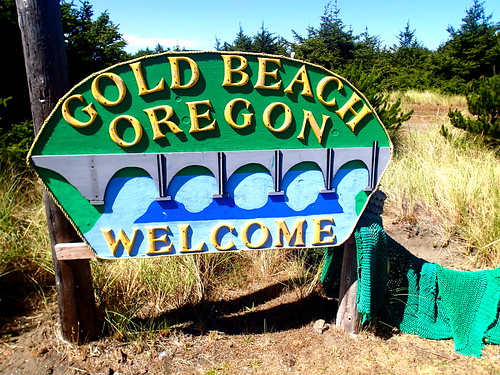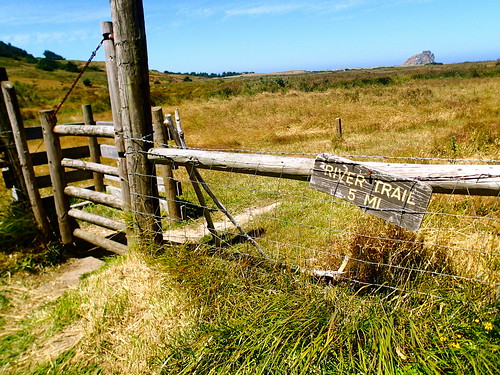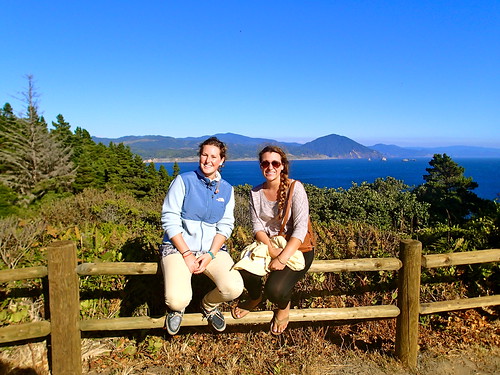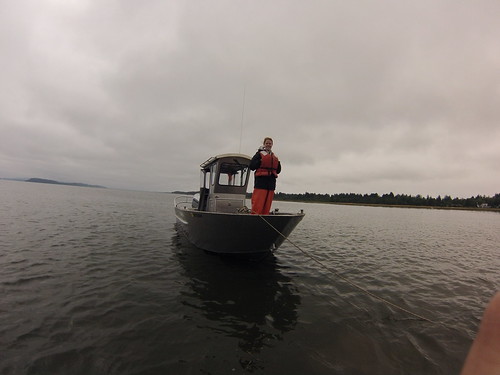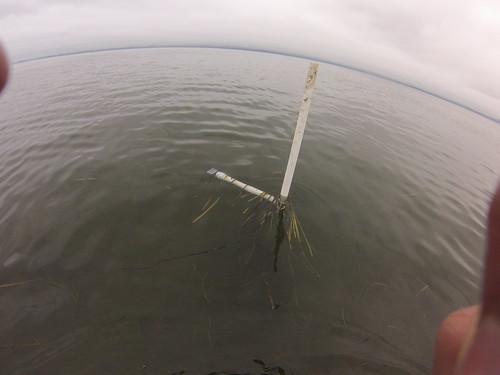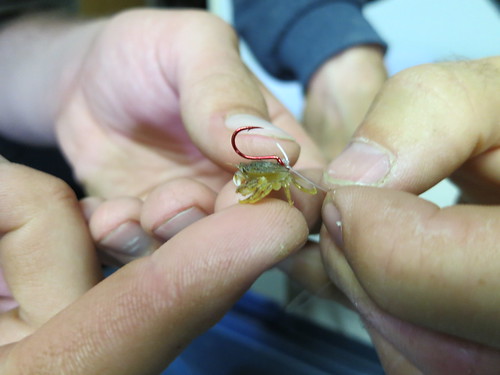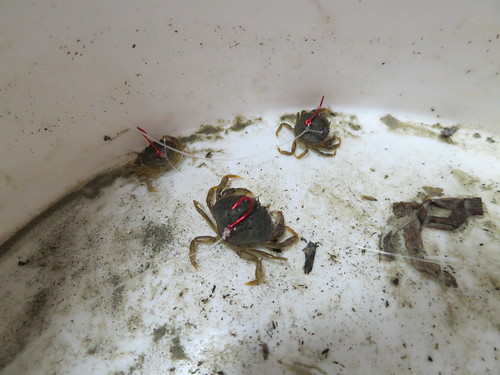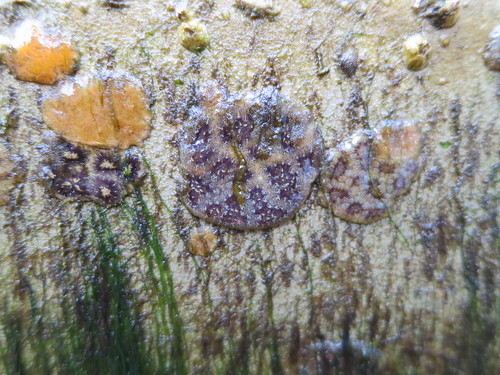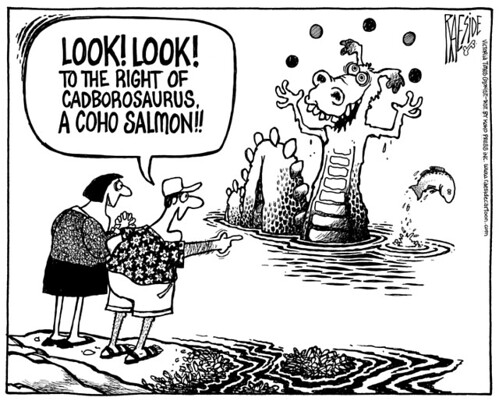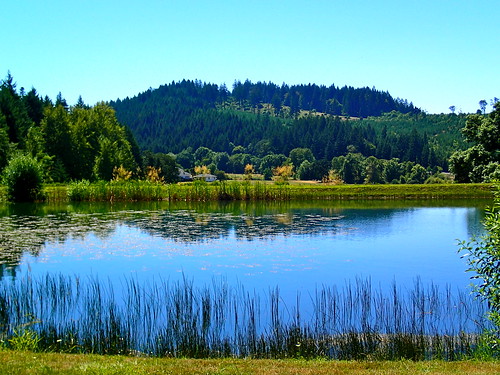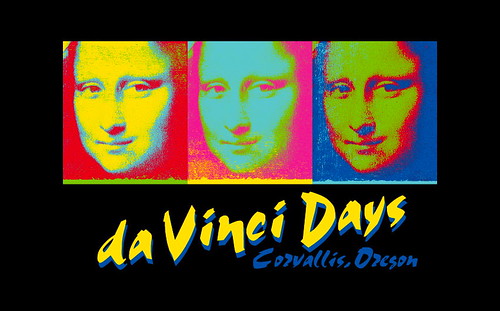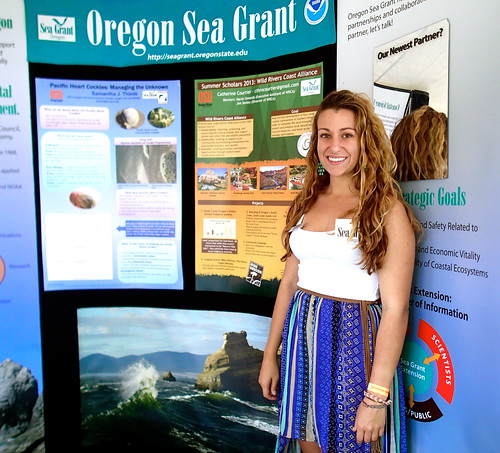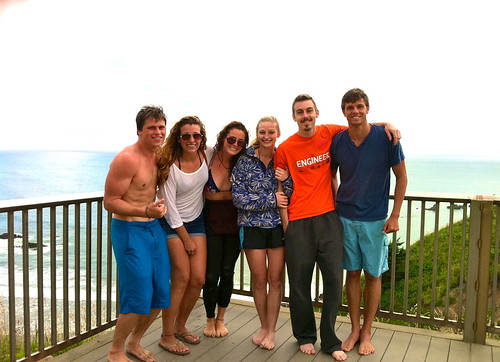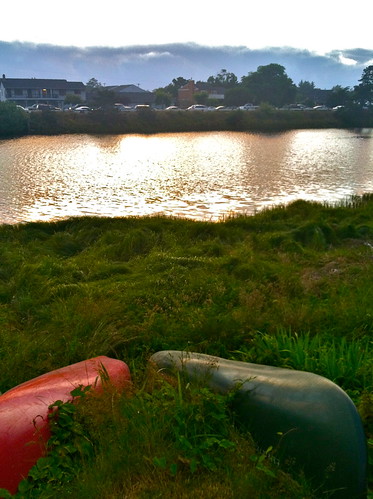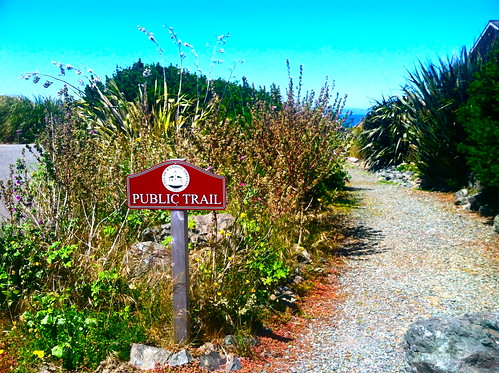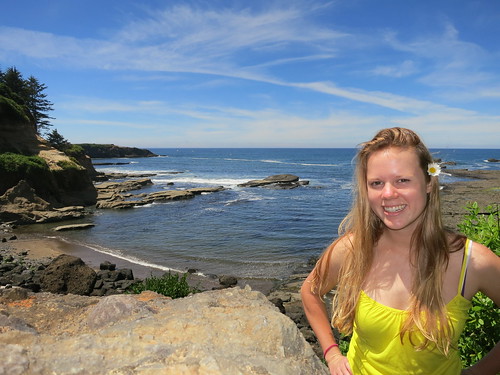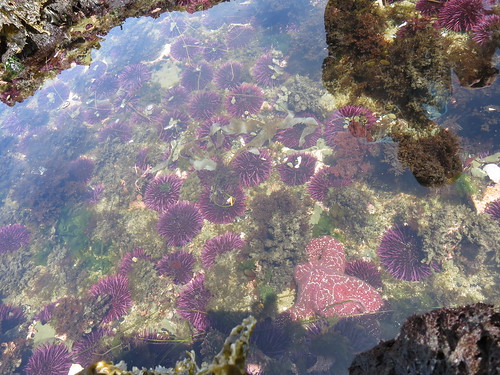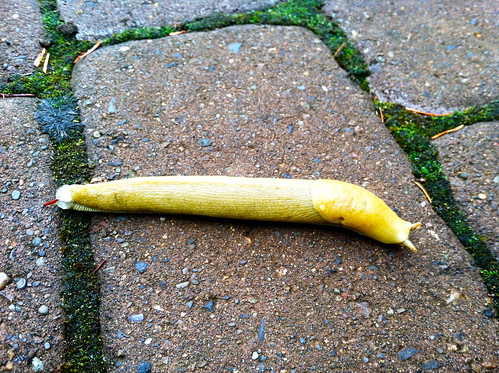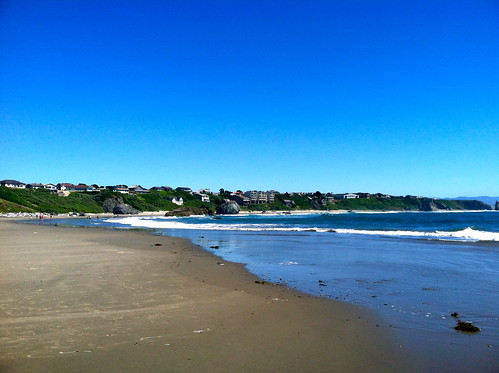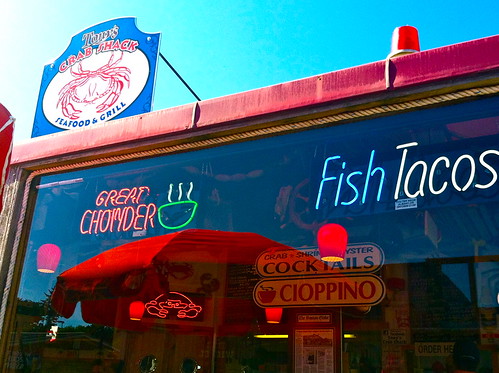There are few things in this life more enjoyable than driving down Highway 101, taking in the stunning coastal views, and sipping on a delicious coffee! Last week I had the chance to get out of the office for a few days to visit the towns of Port Orford, Gold Beach, and Brookings. The purpose of this trip was to go over the asset list that I have amassed for each town, but more importantly to actually see all the attractions I’ve thus far only seen on a computer screen! Coffee in hand I departed Bandon early Monday morning and headed South where I met with the following: Jodi Fritts (City Administrator) and Sandy Vieira (Executive Director of the Chamber of Commerce) of Gold Beach, Annette Klinefelter (assistant principal at Kalmiopsis Elementary School) of Brookings, Tyson Rasor (Coastal Tourism Liaison), and Jim and Karen Auburn (the Mayor and his wife) of Port Orford.
Surprisingly the sentiments in each town towards coastal tourism were shockingly similar. They all understood that changes would need to be made, and were more than willing to do what it takes to improve the South Coast! But as eager as each city was, they were also cognizant of the possible push back from some community members towards an increase in tourism. Since I’m here specifically to increase tourism, I was baffled as to why anyone wouldn’t be for it, especially if it meant their town would be more prosperous. After discussing the problem at length I believe that I have a better understanding of where the locals are coming from. One of their worries is that by better advertising the town’s “secret and local gems” (things such as the best swimming hole, or a really great campsite) the number of visitors will increase and they will lose ownership of their local treasure. The second common concern I heard voiced was that people don’t want to add traditional tourist attractions that would change the character of their town (things such as a boardwalk with games and rides, or souvenir shops.) Furthermore there are those who think their town is fine the way it is, and they don’t think tourism is useful. The difficult question remains: how do you create more opportunities for tourism without changing the town? Presently the main problem is that droves of people pass through these four towns on their way up or down the 101. They will probably stop to get gas, use the restroom, buy a snack, and maybe even walk around for a while; but how do you get them to stay? Like an onion this question has many layers and on a couple occasions has made my eyes water in my attempt to find an answer to this big picture problem!
After determining that increasing ecotourism (something that the community members were interested in and something I feel is very tangible) would probably be the best way to increase coastal tourism, I was naturally faced with another slew of questions and drawbacks that were seriously messing up my plans! Sadly that is the reality behind this whole project. It is one thing to come up with ideas, research them, and find support, but it is another thing entirely to actually make it happen. For example: I’ve heard that the coast of Oregon has some of the best kayaking around, however, in my research I found that there is only one place that will take you out on trips and nowhere on the South Coast can you rent a sea kayak! Naturally my first thought was simply “Well, let’s put kayak rental stands out by the beach!” Problem solved. Case closed. Sadly this was easier said than done as I realized that the reason why no one rents sea kayaks is that the insurance is too high and because of the coast’s characteristic howling winds, much too dangerous for many to take kayaks out on their own. I ran into similar problems as I investigated similar ecotourism rental opportunities such as SCUBA, surfing, and snorkel gear rentals. The end product of this has been that I simply have no idea what to do, and after being highly annoyed with this fact for a number of weeks, I’m becoming more accepting of it.
The reality is that I am only on the South Coast for ten weeks, which is not nearly enough time to even scratch the surface of the tourism issue. So in my remaining weeks here my projects and goals (or as I like to call them, recommendations to the future me) are thus: 1). Look into the pros and cons of ecotourism as well as new activities to promote, 2). Work to develop “Quest” projects in the area (free-choice learning adventures that use clues and hints to encourage participants to discover the natural, cultural, and historical treasures of each place and its community.), 3). Look into the development and implementation of marine and terrestrial education programs that increase the understanding of issues and resources that are pertinent to each community, and 4). Finish my ecological “summit to seastacks” summary for the area that will be covered by the upcoming scenic bike pathway in Port Orford.
This past weekend I was visited by a couple of my friends from UC Santa Cruz! With all the hiking, exploring, s’more eating, and wine tasting, it was truly a wonderful weekend on the South Coast!

